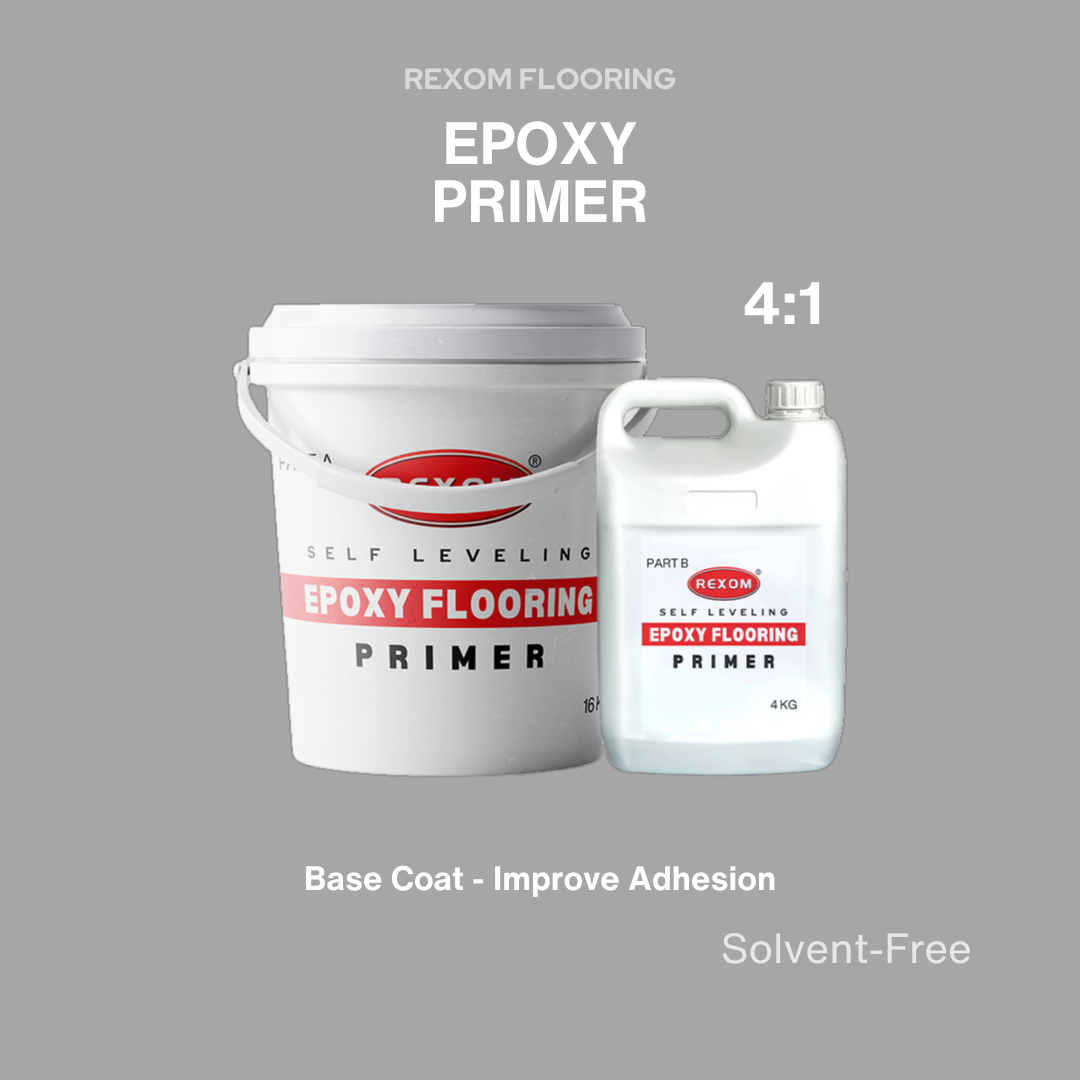1
/
of
2
Rexom-inkem
Epoxy Primer is a type of primer that’s used as a base coat for surfaces like concrete, metal, wood, or even existing painted surfaces before applying an epoxy topcoat or other types of finish. It helps improve the adhesion of the topcoat, ensuring that the epoxy resin bonds properly to the surface.
Benefits of Epoxy Primer:
-
Improved Adhesion:
- Epoxy primer enhances the bond between the substrate (like concrete or metal) and the epoxy coating, ensuring that the finish stays in place for a long time.
-
Surface Preparation:
- It helps to seal and smooth out porous surfaces (like concrete), which is important for ensuring an even finish when the topcoat is applied.
-
Rust and Corrosion Protection:
- For metal surfaces, an epoxy primer can act as a protective barrier against rust and corrosion, especially in environments with high moisture or industrial conditions.
-
Moisture Resistance:
- Epoxy primers are moisture-resistant, helping prevent any issues with humidity or water affecting the topcoat.
-
Durability:
- Epoxy primers are typically very durable, making them ideal for areas that need a heavy-duty, long-lasting finish, like garages, industrial floors, and high-traffic areas.
When to Use an Epoxy Primer:
- On Concrete Floors: Before applying an epoxy topcoat on a concrete surface, epoxy primer helps fill in pores and ensures better bonding.
- On Metal Surfaces: If you're coating metal, especially in industrial or marine settings, the primer will protect against rust and corrosion.
- In High-Traffic Areas: For areas that see heavy foot traffic, machinery, or vehicles, the primer adds extra durability to your coating system.
Steps for Applying Epoxy Primer:
-
Prepare the Surface:
- As with any coating, the surface must be clean and free of dirt, grease, and oils. You may need to use a degreaser or industrial cleaner to prepare the surface.
- For concrete, you may need to grind or etch it to ensure that the primer bonds effectively. For metal, ensure there is no rust or oxidation.
-
Mix the Primer:
- Epoxy primers often come in two parts: the resin and the hardener, ensuring the correct ratio and thorough mixing.
-
Apply the Primer:
- Use a paintbrush, roller, or sprayer to apply a thin, even coat of epoxy primer. Start at one corner of the surface and work your way out, making sure to cover every inch of the area evenly.
- You may need to apply a second coat for better coverage, especially on highly porous surfaces like concrete.
-
Allow It to Cure:
- Let the epoxy primer cure (usually 4-6 hours, but check the instructions). It’s important to allow it to fully dry before applying the epoxy topcoat.
-
Apply the Topcoat:
- Once the primer is dry and cured, you can proceed with applying the epoxy topcoat. Make sure the primer is fully cured to ensure the topcoat adheres properly.




